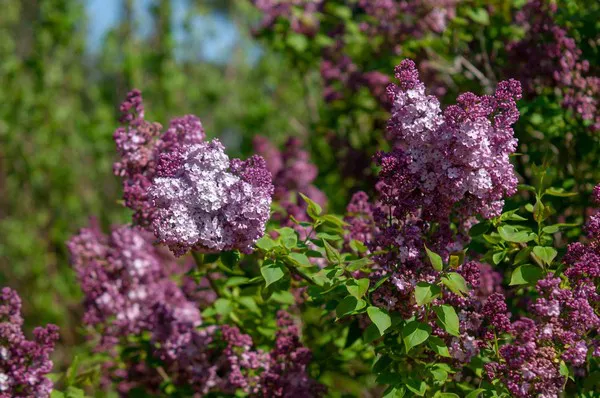Pests are a significant concern for gardeners and farmers alike. These unwanted visitors can wreak havoc on plants, leading to reduced yields, stunted growth, and sometimes even the death of the plant. Understanding the causes of pests on plants is crucial for effective pest management and maintaining healthy gardens and crops.
Environmental Factors and Pests
The environment in which plants are grown plays a vital role in determining the likelihood of pest infestations. Climate, weather conditions, and geographic location are key environmental factors that can influence the prevalence of pests. Certain pests thrive in specific climates, making it more likely for plants in those regions to be affected.
Pest Habitats
Pests often seek out specific habitats where they can find food, shelter, and ideal breeding conditions. Common plant habitats that attract pests include dense foliage, moist soil, decaying organic matter, and areas with a lack of airflow. Understanding these habitats helps identify potential hotspots for pest infestations.
Lack of Biodiversity
Monoculture farming and gardens that predominantly consist of a single plant species can be more susceptible to pests. This lack of biodiversity makes it easier for pests to find their preferred host plants, leading to more extensive infestations. Encouraging biodiversity by planting a variety of species can help reduce the risk of pest problems.
Weak or Stressed Plants
Plants that are weak, stressed, or in poor health are more vulnerable to pests. When plants lack essential nutrients, proper care, or are struggling due to unfavorable environmental conditions, their natural defenses are compromised. Pests are more likely to target such plants as they are easier targets.
Soil Health and Pest Infestations
Soil health has a significant impact on plant pest resistance. Soil that is rich in organic matter and has a well-balanced pH promotes the growth of strong, healthy plants that can better withstand pest attacks. Poor soil quality, on the other hand, can weaken plants and make them more susceptible to pests.
Pest-Attracting Weeds
Weeds can serve as reservoirs for pests, providing them with an ideal habitat and a source of food. Weeds can also act as hosts for certain pests, which then move on to your cultivated plants. Keeping weed populations in check through regular maintenance and weeding can help reduce the presence of pests.
Contaminated Plant Material
The use of contaminated plant material, such as infected seeds or transplants, can introduce pests into a garden or farm. Before planting, it is crucial to inspect and verify the health of plant materials to prevent the introduction of pests that may spread to other plants.
Infected or Invasive Species
Certain invasive plant species can act as hosts for pests and diseases, providing them with a continuous source of food. These invasive species can become a reservoir for pests, causing problems for native plants and agricultural crops. Controlling invasive species can help reduce the spread of pests.
Human Activity
Human activity, including the transportation of plants and agricultural products, can contribute to the spread of pests. Pests often hitch a ride on plant material, tools, or equipment, and when these materials are moved from one location to another, they can introduce pests to new areas. Strict quarantine and inspection measures are essential to mitigate this risk.
Seasonal Factors
The time of year can significantly influence the prevalence of pests. Some pests are more active during specific seasons, and their life cycles may coincide with certain periods. For example, aphids are often more abundant in the spring and early summer, while certain caterpillar species may be more prominent in the late summer and early fall.
Lack of Natural Predators
The absence of natural predators in an ecosystem can lead to a surge in pest populations. Birds, insects, and other organisms often help keep pest populations in check by feeding on them. In areas with limited biodiversity or excessive pesticide use, natural predators may be scarce, allowing pests to proliferate.
Pesticide Use and Resistance
While pesticides are commonly used to control pests, their overuse can lead to pesticide resistance. Pests can adapt to the chemicals used against them, rendering pesticides less effective over time. This not only results in continued damage by the pests but can also harm beneficial organisms and the environment.
Neglected Plant Hygiene
Poor plant hygiene practices can contribute to the attraction and spread of pests. Dead plant material, fallen leaves, and debris left in the garden or fields create hiding spots for pests. Regular cleanup and proper disposal of plant debris can help reduce the risk of infestations.
Untreated Previous Infestations
If a pest infestation goes untreated, it can become a recurring problem. Pests may overwinter or reproduce, leading to larger populations the following season. Early detection and prompt treatment of infestations are essential to prevent recurrent pest problems.
Changing Climate Patterns
Climate change can impact the distribution and behavior of pests. Warmer temperatures can expand the range of some pests, making them a threat to regions that were previously unaffected. Monitoring climate patterns and their influence on pest populations is vital for effective pest management.
Conclusion
Pests are a persistent challenge for plant enthusiasts, gardeners, and farmers. Understanding the causes of pests on plants is essential for effective prevention and management. By considering environmental factors, plant health, and the role of human activity, we can make informed decisions to minimize the impact of pests on our beloved plants and agricultural crops. Implementing sustainable and ecologically friendly pest management strategies can help strike a balance between plant protection and environmental preservation.


